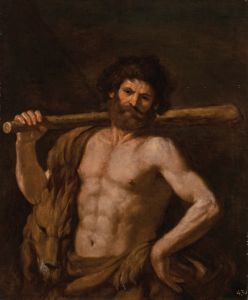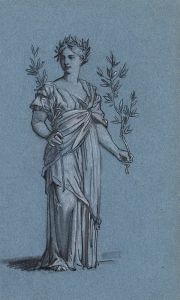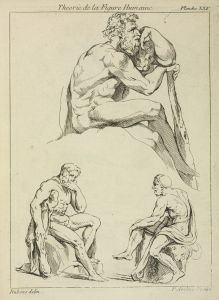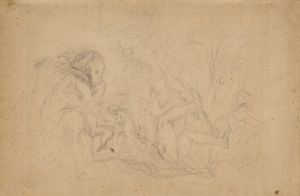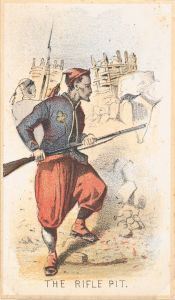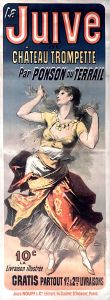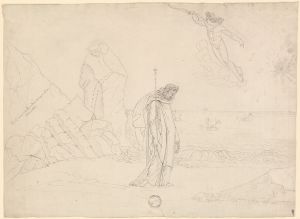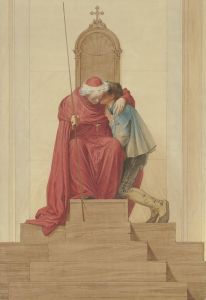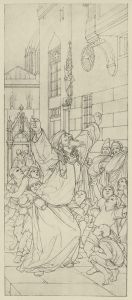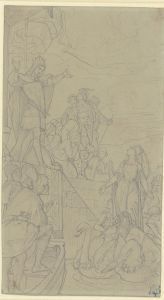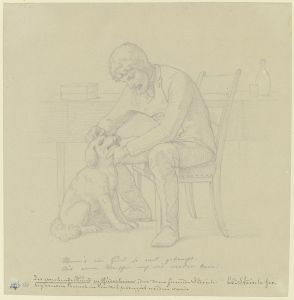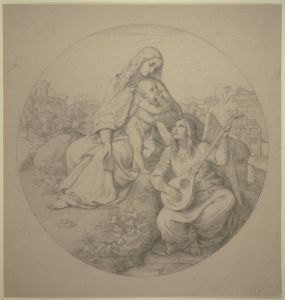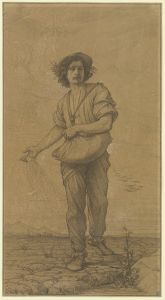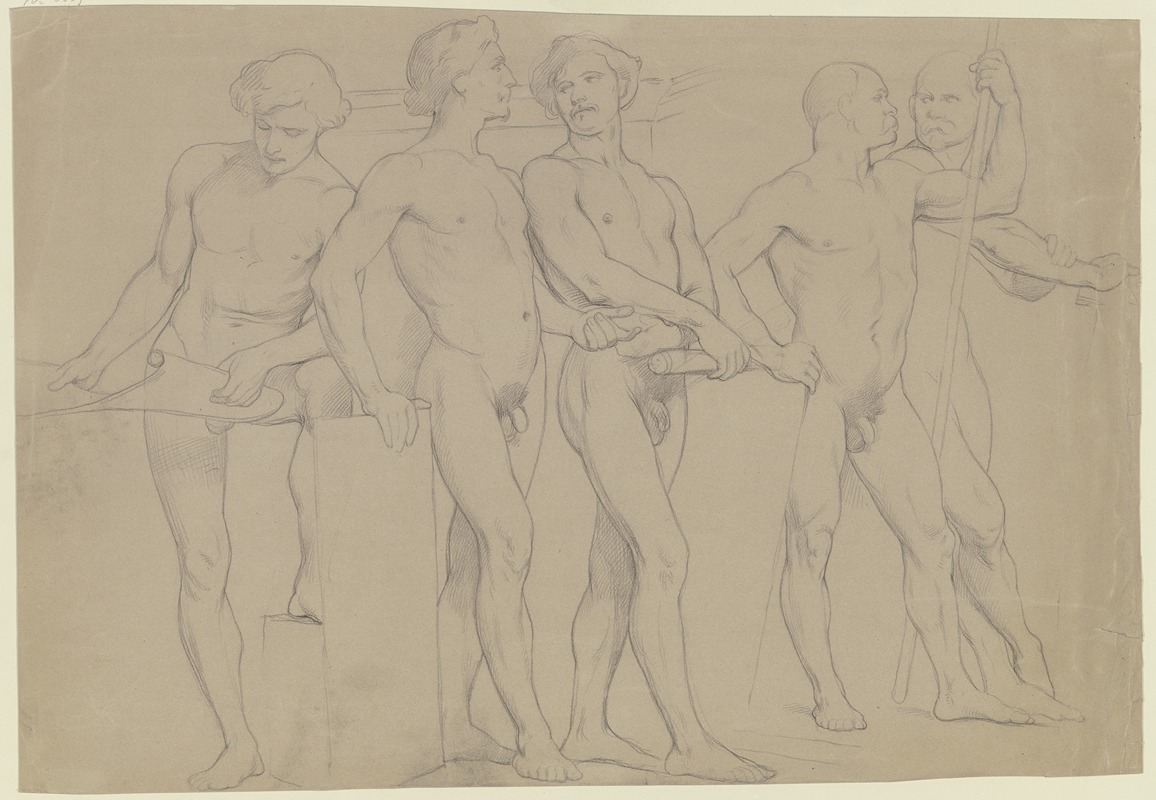
Eine Gruppe männlicher Akte, in unterschiedlichen Handlungen begriffen
A hand-painted replica of Eduard von Steinle’s masterpiece Eine Gruppe männlicher Akte, in unterschiedlichen Handlungen begriffen, meticulously crafted by professional artists to capture the true essence of the original. Each piece is created with museum-quality canvas and rare mineral pigments, carefully painted by experienced artists with delicate brushstrokes and rich, layered colors to perfectly recreate the texture of the original artwork. Unlike machine-printed reproductions, this hand-painted version brings the painting to life, infused with the artist’s emotions and skill in every stroke. Whether for personal collection or home decoration, it instantly elevates the artistic atmosphere of any space.
Eduard von Steinle (1810-1886) was a prominent Austrian painter associated with the Nazarene movement, which sought to revive honesty and spirituality in Christian art. One of his notable works is "Eine Gruppe männlicher Akte, in unterschiedlichen Handlungen begriffen" (A Group of Male Nudes Engaged in Various Actions). This painting exemplifies Steinle's dedication to classical themes and his meticulous attention to anatomical detail.
The painting depicts a group of male figures, all nude, engaged in a variety of actions. The composition is carefully arranged to highlight the human form in different poses and activities, showcasing Steinle's skill in rendering the human anatomy with precision and grace. The figures are portrayed with a sense of dynamism and movement, each engaged in a distinct action that contributes to the overall narrative of the scene.
Steinle's work is characterized by its clear lines and harmonious composition, reflecting the influence of his Nazarene peers who emphasized a return to the purity and simplicity of early Renaissance art. The Nazarenes were known for their religious and historical themes, and while "Eine Gruppe männlicher Akte" does not depict a specific religious scene, it embodies the group's commitment to idealized beauty and moral integrity.
The painting is also notable for its use of light and shadow, which enhances the three-dimensionality of the figures and adds depth to the composition. Steinle's mastery of chiaroscuro is evident in the way he models the bodies, creating a sense of volume and solidity. The careful attention to the play of light on the skin and muscles of the figures demonstrates his deep understanding of human anatomy and his ability to convey the subtleties of the human form.
Eduard von Steinle was a significant figure in 19th-century art, and his works were highly regarded for their technical excellence and spiritual depth. His contributions to the Nazarene movement helped to shape the course of religious and historical painting in Europe during his time. "Eine Gruppe männlicher Akte, in unterschiedlichen Handlungen begriffen" stands as a testament to his artistic vision and his commitment to the ideals of the Nazarene movement.
Steinle's influence extended beyond his own works, as he was also a respected teacher and mentor to many young artists. His dedication to the principles of the Nazarene movement and his ability to convey complex themes through his art left a lasting impact on the art world. Today, his works are studied and admired for their technical skill and their embodiment of the spiritual and moral values that were central to the Nazarene movement.
In summary, "Eine Gruppe männlicher Akte, in unterschiedlichen Handlungen begriffen" by Eduard von Steinle is a significant work that showcases the artist's mastery of the human form, his skillful use of light and shadow, and his commitment to the ideals of the Nazarene movement. The painting remains an important example of 19th-century art and continues to be appreciated for its technical excellence and spiritual depth.





